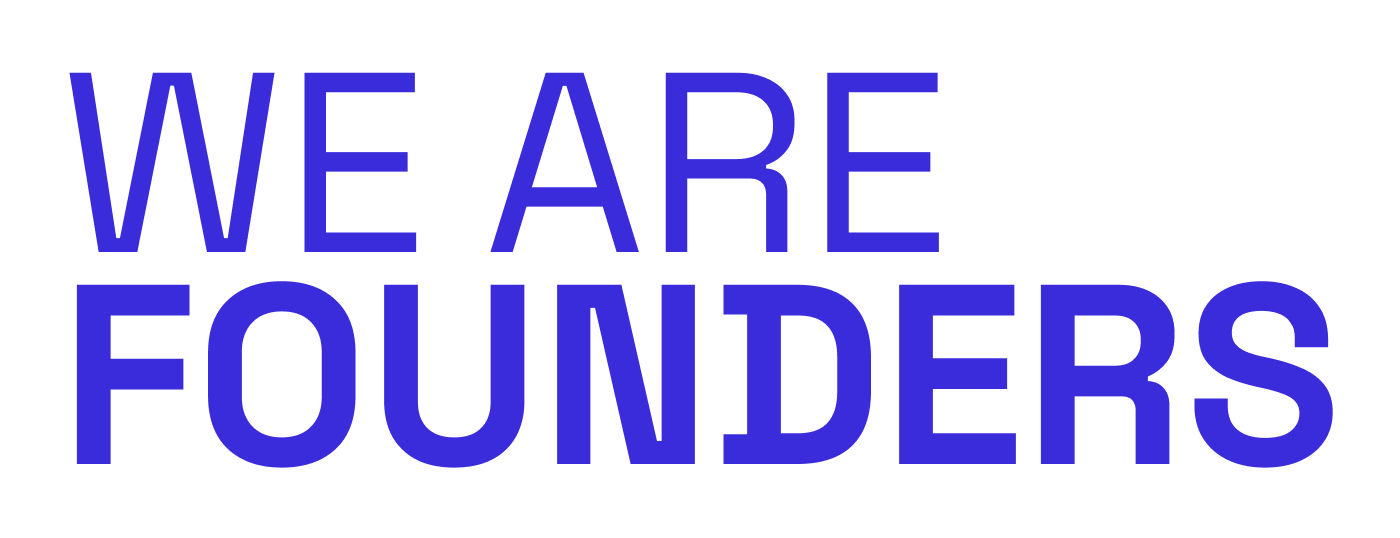What is a Cap Table?
A Cap Table (Capitalization Table) is a document—usually a spreadsheet or software dashboard—that lists all the securities your company has issued and who owns them. It is the definitive record of ownership for your startup.
What it tracks A standard cap table breaks down the ownership percentages of:
- Founders: The original owners.
- Investors: Angels, VCs, and accelerators who bought shares.
- Employees: Staff who hold options or shares.
- The Option Pool: Shares set aside for future hires.
Basic vs. Fully Diluted This is where founders often get confused.
- Basic Shares: The shares that have actually been issued today.
- Fully Diluted: The total number of shares assuming that everyone exercises their options, all warrants are converted, and the entire option pool is used.
Investors almost always value your company on a Fully Diluted basis. This means they calculate their price per share assuming all those potential shares already exist.
Why "Clean" Cap Tables Matter A "messy" cap table is a red flag for VCs.
- Dead Equity: Having too many inactive co-founders or advisors on the cap table holding large chunks of equity (e.g., an ex-founder who owns 20% but left 3 years ago) makes the company "uninvestable."
- Small Investors: Having 50 tiny investors directly on the cap table (instead of grouped in a nominee structure or SPV) makes getting signatures for legal documents a nightmare.
Key Takeaway: Your Cap Table is your startup's DNA. Keep it clean, keep it accurate, and model the dilution effects before you sign any investment deal.


